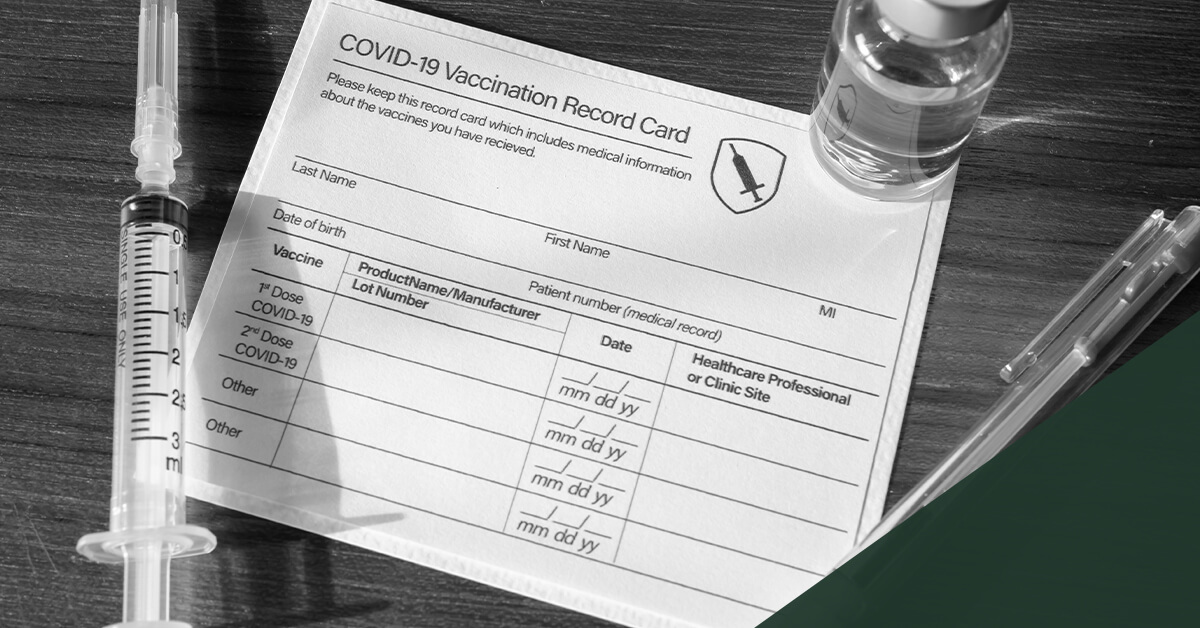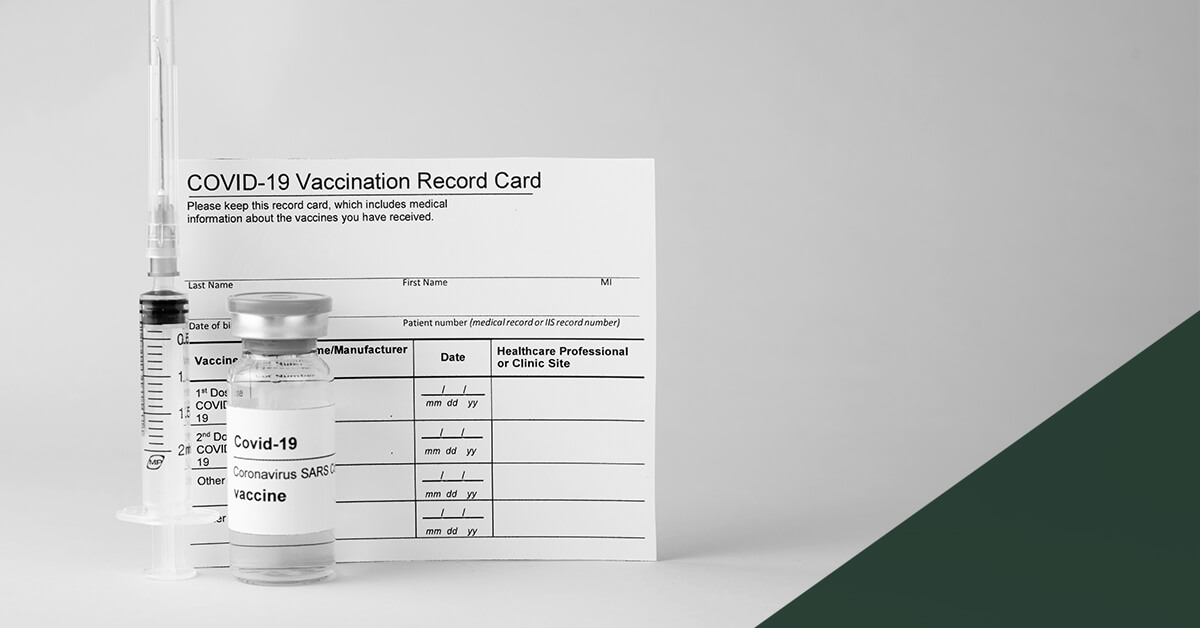On Friday, December 17, 2021, a three-judge panel of the U.S. Court of Appeals for the Sixth Circuit lifted the Fifth Circuit’s stay that had prevented the Occupational Safety and Health Administration’s (OSHA) Emergency Temporary Standard (ETS) on COVID-19 from being implemented for employers with 100 or more employees. The ETS is now able to move forward absent issuance of a stay from the U.S. Supreme Court. OSHA has issued new compliance dates for employers.
The Sixth Circuit’s ruling was issued by a 2-1 vote, with Judges Julia Gibbons and Jane Stranch ruling in favor of OSHA’s and Judge Joan Larsen dissenting.
Several petitioners in the case have already filed emergency appeals to the U.S. Supreme Court with requests for the stay to be reinstituted, pending a hearing on the matter. In such emergency appeals, the requests go directly to the justice assigned to the applicable Circuit, which in this instance will be Justice Brett Kavanaugh. The assigned justice has the discretion to decide the request on his or her own or submit the request to the full court to consider. At this time, it is unclear when this decision will be made or if the Supreme Court will hear the case.
The key points from the ETS along with the new compliance dates are summarized below:
Compliance
- Deadlines for Compliance. The new compliance dates according to OSHA are:
- January 10, 2022: OSHA will not issue citations for noncompliance with any of the requirements of the ETS before January 10.
- February 9, 2022: For testing requirements, OSHA will not issue citations for compliance with testing requirements, so long as an employer is exercising reasonable, good faith efforts to come into compliance with the standard.
- Covered Employers. The ETS covers all employers with 100 or more employees. Part-time employees and remote workers are included in the number of employees for the purpose of determining coverage, but employees of staffing agencies need not be included. Only employees at U.S. locations are counted. Two or more related entities may be regarded as one employer – and thus their employees must be counted together – if they handle safety matters as one company.
- Time Off for Vaccination. Covered employers must support vaccination by providing reasonable time, including up to four hours of paid time, to receive each vaccination dose. Employers must provide reasonable time off and paid sick leave to recover from side effects following each dose.
- Masking. All covered employers must ensure that unvaccinated employees wear a face mask while in the workplace.
- Vaccination or Weekly Testing. All covered employers must implement and enforce a policy that mandates their employees receive the necessary shots to be fully vaccinated – either two doses of Pfizer or Moderna, or one dose of Johnson & Johnson – unless the employer instead implements and enforces a policy mandating any unvaccinated employee to produce a negative test weekly and wear a mask while in the workplace. All covered employers must ensure that any employee still unvaccinated after the specified date (now no later than February 9, 2022, provided the employer is making good-faith efforts to come into compliance) begins producing a verified negative test to their employer on at least a weekly basis. COVID-19 tests that are both self-administered and self-read do not satisfy this requirement.
- Acceptable Proof of Vaccination Status. Employers must determine the vaccination status of each employee. Acceptable proof of vaccination status is a record of immunization from a health care provider or pharmacy, a copy of the COVID-19 Vaccination Record Card, a copy of medical records documenting the vaccination, or another copy of immunization records from a public health system. A signed and dated employee attestation is acceptable in instances when an employee is unable to produce proof of vaccination. These records must be preserved while the ETS is in effect and are subject to audit by OSHA.
Exemptions / Variations
- Remote Workers. Employees who telework or do not report to a workplace where other people work are exempt from compliance with the vaccination and testing requirements. However, they still must be counted for purposes of determining whether the 100-employee threshold has been met.
- Outdoor Workers. Employees who work “exclusively outdoors” are exempt from the ETS vaccination and testing requirements. An employee works exclusively outdoors if he or she works outdoors for the duration of every workday except for de minimis use of indoor spaces where others are present.
- Part-time Workers. The ETS applies to part-time workers as well as full time workers, although the weekly testing requirements are adjusted if an unvaccinated part-time employee does not enter the office every week. If away from the workplace for a week or longer, the employee must produce a verified negative test within seven days before returning to the workplace.
- Medical or Religious Exemptions. The employer vaccination policy required by the ETS should provide for those legally entitled to reasonable accommodation for disability or religious reasons. Such exempt employees must participate in the weekly COVID-19 testing requirement and wear face coverings.
Employees who have previously contracted COVID-19 are not exempt from the vaccination, testing, or masking requirements.
For states with state-administered OSHA plans, such as Michigan, the ETS required the state OSHA agency to adopt the federal ETS standard or measures at least as protective as the federal ETS within 30 days of the ETS’s issuance. At this point, Michigan has not yet issued its plan, but this would be expected to occur within the next 30 days. It remains to be seen whether MIOSHA, Michigan’s own worker safety agency, will modify the ETS and trigger additional requirements for Michigan employers.
Please contact your Varnum attorney or any member of the firm’s labor and employment practice team with questions about how the ETS will affect your workforce. We are continuing to monitor for further developments.







